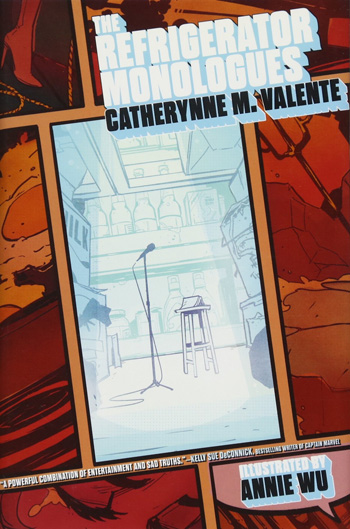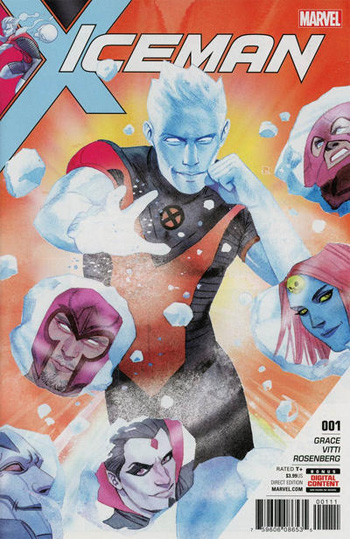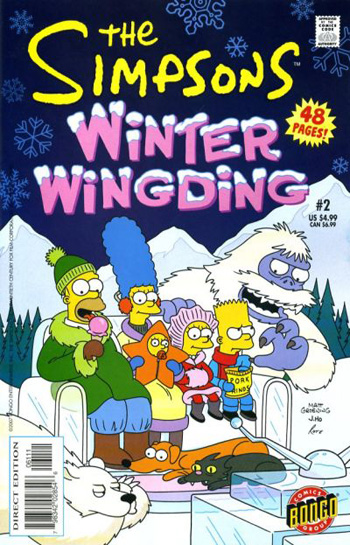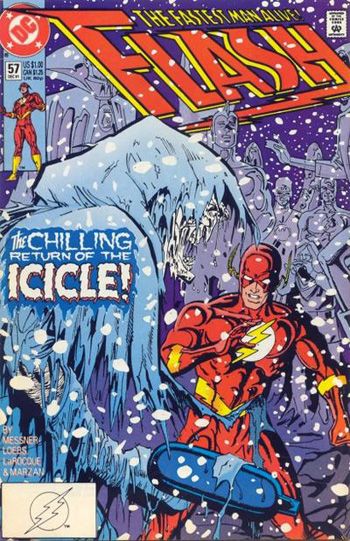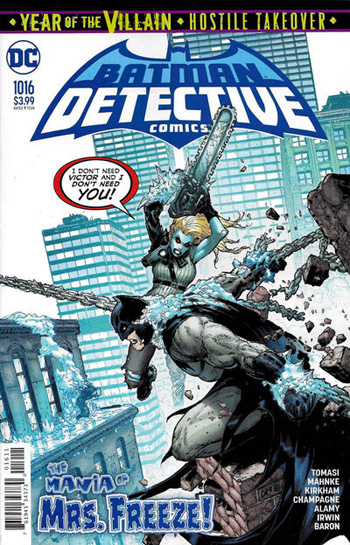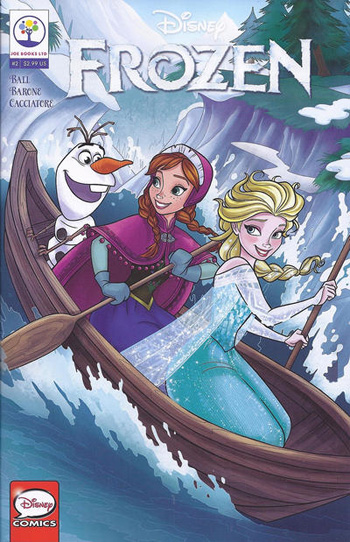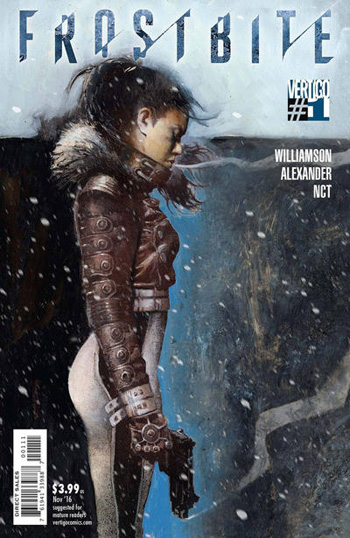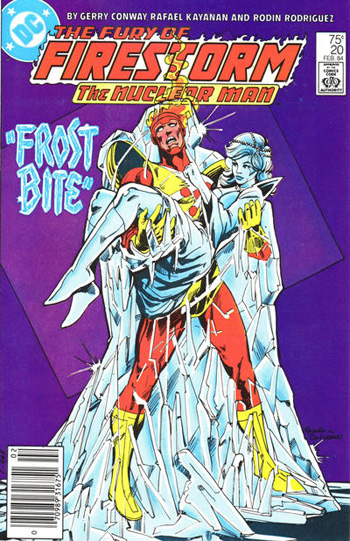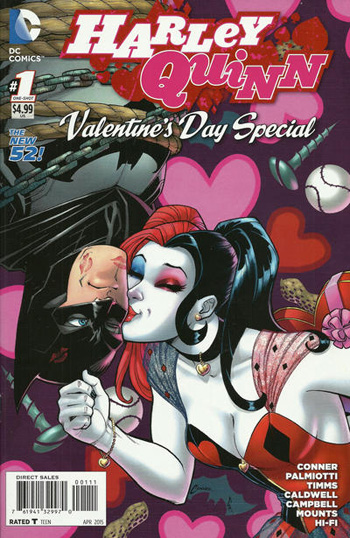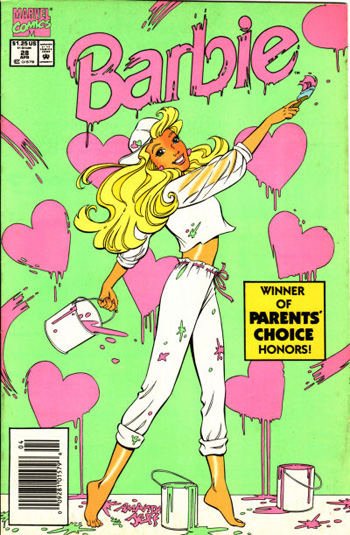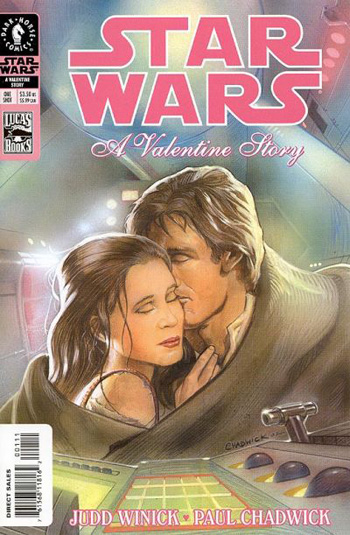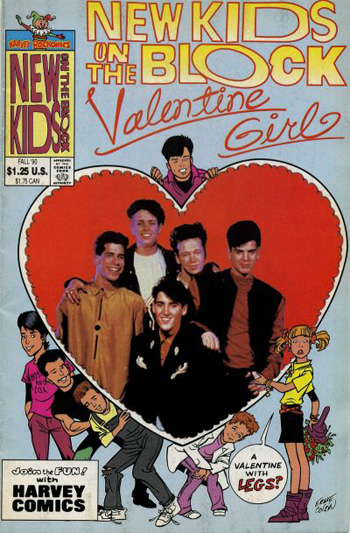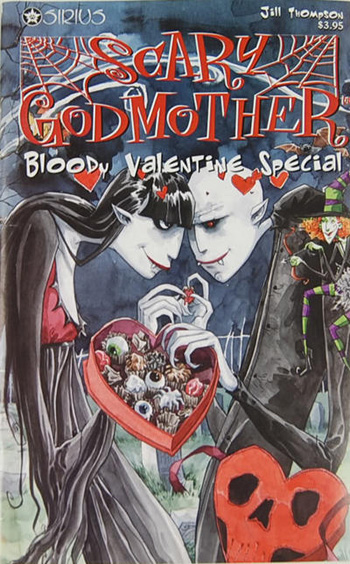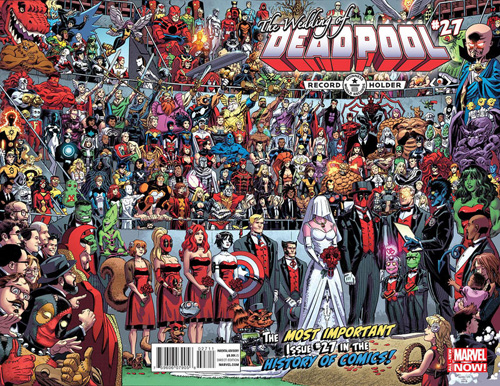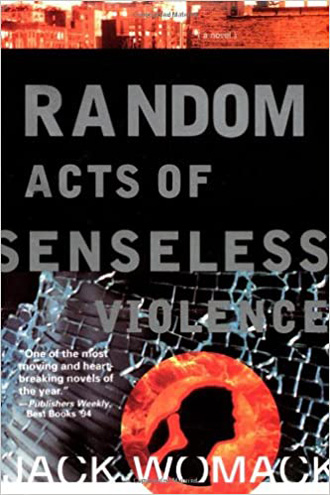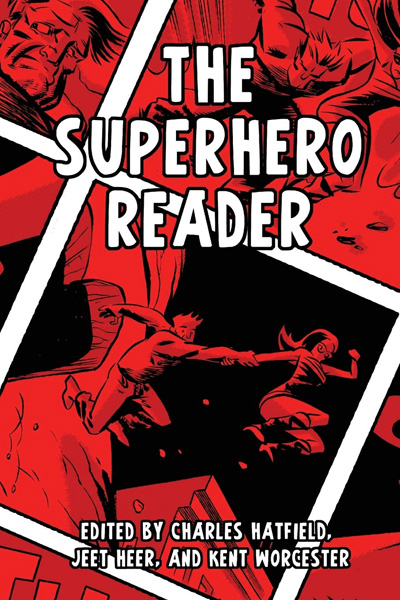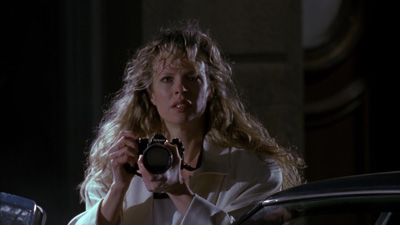Fridge Logic
Hey, it’s about time we threw down another book review, right? And let’s make it a good one — time to take a look at The Refrigerator Monologues by Catherynne M. Valente.
So this book takes much of its inspiration from a specific bit of pop culture. Way, way back in 1999, comics fan (and future comics writer) Gail Simone, along with a larger group of comics fans, set up a website dedicated to “Women in Refrigerators” — women characters in comic books who got killed off, maimed, and abused solely as a method for giving male superheroes angst and drama. Gwen Stacy, Karen Page, Alex DeWitt — all killed off so the lead character would get a chance to grit his teeth and swear vengeance.
That brings us to this book, published in 2017, where author Catherynne M. Valente introduces us to a group of women, some superheroes, some girlfriends, some a combination of the two, who all end up in Deadtown, filled with dead people and gargoyles, where all the food comes from extinct animals and you never get to change out of the clothes you were buried in. These members of the Hell Hath Club meet and tell the stories that never managed to make it into the comic books.
So we meet Paige Embry, girlfriend of (and accidental creator of) Kid Mercury. She gets between her beau and an angry supervillain and gets thrown off a bridge.
We meet Julia Ashe, massively powerful mutant who gets edited out of the universe because her power scared her teammates and mentor.
We meet Pauline Ketch, high-spirited and psychotic girlfriend of the murderous Mr. Punch.
We meet Bayou, princess of Atlantis, shipped off to an undersea mental hospital because she dared to mourn her child.
We meet Daisy Green, promising actress driven to destruction by her relationship with a hero called the Insomniac.
And we meet Samantha Dane, the newest member of the Club, butchered by a manipulative villain and stuffed into a refrigerator to get back at her superhero boyfriend.
They’re all stuck in Deadtown for the rest of eternity, unless some superhero decides to get off his butt and restore them to life, and they’re not very happy about that.
Verdict: Thumbs up. The book is wonderfully written and grand fun. It’s great to see these characters — who are normally remembered almost entirely as “That One Superhero’s Girlfriend Who Got Killed by that One Supervillain” — given the opportunity to tell their own stories, explain their own viewpoints, and vent their own anger about being killed off and forgotten. It’s very much like reading “The Vagina Monologues” for the goddamn furious superhero set.
And yes, with enough comics knowledge, you can recognize nearly all the characters in the book as the characters they’re supposed to represent from the comics. But that isn’t necessary to enjoy the book.
In fact, there are plenty of fun changes made to the personalities. For example, in the Aquaman comics, Mera is an Atlantean of human appearance, fully comfortable with her roles as both a warrior and a queen; Bayou, her counterpart in this book, looks much less human and has a much more punk rock attitude, preferring to escape from her palace so she can raise hell with her band in sleazy Atlantean nightclubs.
If you love superheroes — and especially if you crave an enthusiastically angry and funny antidote to the Women in Refrigerators phenomenon, you’ll certainly want to read this book.
Also, they say Amazon Studios is working on an adaptation of this book, to be called “Deadtown,” so keep an eye out for that somewhere down the road…
Comments off

